Home>Technology>Security & Surveillance>How To Reset A Door Lock
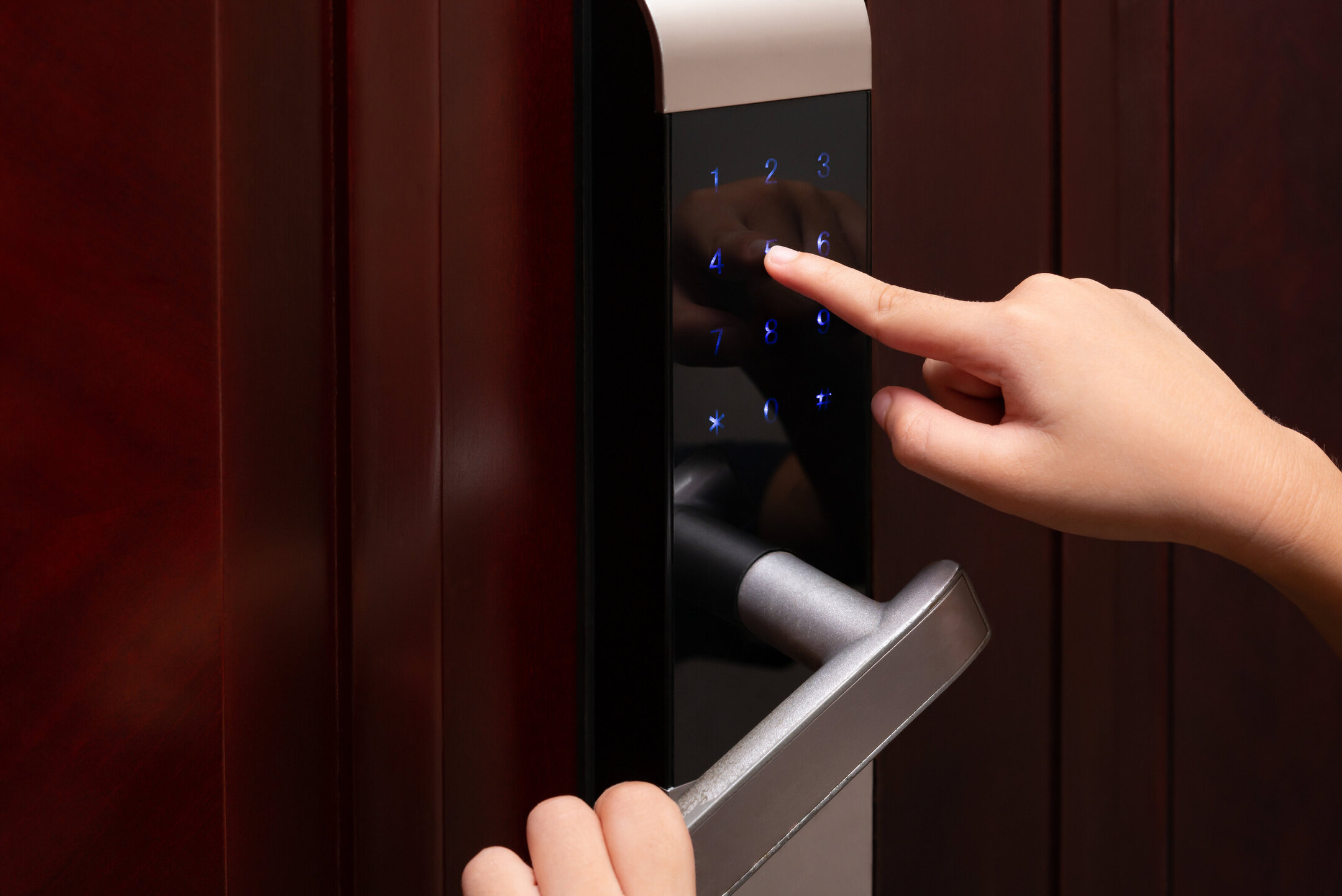

Security & Surveillance
How To Reset A Door Lock
Modified: February 28, 2024
Learn how to reset a door lock for improved security and surveillance. Follow our step-by-step guide to ensure your property is properly protected.
(Many of the links in this article redirect to a specific reviewed product. Your purchase of these products through affiliate links helps to generate commission for Storables.com, at no extra cost. Learn more)
Introduction
Welcome to the comprehensive guide on resetting a door lock. Whether you've encountered a malfunction or simply want to change the lock's combination, this step-by-step tutorial will equip you with the knowledge and confidence to reset your door lock with ease.
Being able to reset your door lock is a valuable skill that can save you time and money. You won't have to wait for a locksmith or spend extra funds on professional assistance. By following the instructions provided here, you'll gain a deeper understanding of your lock's mechanics and the process of resetting it.
In the upcoming sections, we'll explore the tools and materials you'll need for this task, as well as the precise steps to successfully reset your door lock. So, let's gather the necessary supplies and embark on this empowering journey to reset your door lock!
Key Takeaways:
- Resetting a door lock is a valuable skill that saves time and money. By following the step-by-step guide and using essential tools, you can confidently address lock malfunctions and reconfigure combinations with precision.
- The process of resetting a door lock empowers you to ensure the security of your property. With patience and attention to detail, you can maintain the lock’s optimal performance and provide a secure environment for yourself and others.
Read more: How To Reset A Door Lock Code
Tools and Materials Needed
Before delving into the process of resetting a door lock, it’s crucial to gather the essential tools and materials. Here’s what you’ll need:
- Screwdriver: Ensure you have the appropriate screwdriver for your specific lock type, whether it’s flathead or Phillips head.
- Key: The key to the lock is necessary for disassembly and reassembly.
- Replacement Parts (if applicable): Depending on the lock’s condition, you may need replacement pins, springs, or other internal components.
- Lubricant: A lock lubricant or graphite powder can help maintain the lock’s smooth operation after resetting.
- Clean Cloth: Use a clean cloth to wipe down the internal components and remove any debris.
- Container: A small container or tray to hold the disassembled parts can prevent loss and aid in organization.
By ensuring you have these tools and materials at your disposal, you’ll be well-prepared to proceed with confidence through each step of the lock resetting process. Now that you’ve gathered everything you need, let’s move on to the first step: removing the lock from the door.
Step 1: Remove the Lock from the Door
The initial step in resetting a door lock involves removing the lock from the door. This process may vary depending on the type of lock you have, but the following general steps will guide you through the removal process:
- Locate the Screws: Identify the screws that secure the lock to the door. These are typically found on the interior side of the door.
- Unscrew the Lock: Use the appropriate screwdriver to carefully loosen and remove the screws. Keep the screws in a secure place to prevent misplacement.
- Separate the Components: Once the screws are removed, gently separate the lock from the door, being mindful of any connected components or wires.
- Set Aside the Lock: Place the removed lock in a safe location, ensuring it is clear of any potential damage or interference.
By following these steps, you’ll successfully detach the lock from the door, setting the stage for the subsequent actions required to reset the lock. With the lock now removed, we can proceed to the next crucial phase: disassembling the lock to access its internal components. This pivotal step will allow us to delve into the heart of the lock and initiate the reset process. Let’s continue our journey by moving on to step 2: disassembling the lock.
Step 2: Disassemble the Lock
With the lock removed from the door, the next step in the resetting process involves disassembling the lock to access its internal components. This meticulous process requires a methodical approach to ensure the safe removal and organization of the lock’s intricate parts. Here’s how to proceed:
- Identify the Retaining Clip or Ring: Some locks feature a retaining clip or ring that must be carefully removed to access the core components. Use a small tool, such as needle-nose pliers, to detach the clip or ring without causing damage.
- Extract the Cylinder: Once the retaining clip or ring is removed, gently extract the cylinder from the lock housing. Exercise caution to prevent any sudden release of internal springs or pins.
- Organize the Components: As you disassemble the lock, place the extracted components in a designated area, ensuring they are arranged in the order of removal. This organized approach will facilitate a seamless reassembly process later on.
- Inspect the Internal Mechanism: Take this opportunity to inspect the internal mechanism for any signs of wear, damage, or foreign objects that may impede the lock’s functionality. Clean any accumulated debris using a clean cloth and mild solvent if necessary.
By carefully disassembling the lock and maintaining a systematic arrangement of its components, you’ll be well-prepared to proceed with the pivotal task of resetting the lock. The disassembly process not only grants access to the lock’s internal workings but also provides an opportunity to assess its condition and address any underlying issues. As we move forward, we’ll delve into the essential steps for resetting the lock, setting the stage for a successful reassembly and reinstallation. Let’s progress to the next phase: resetting the lock.
If you need to reset a door lock, try using the manufacturer’s instructions or contacting their customer support for guidance. It’s important to follow the specific steps for your type of lock to ensure it’s reset properly.
Step 3: Reset the Lock
Resetting the lock is a critical phase that involves reconfiguring its internal components to establish a new combination or address any operational issues. This process varies based on the type of lock and the specific reset method required. Here are the fundamental steps to reset the lock:
- Reposition Pins and Springs: If your lock utilizes pin tumbler mechanisms, carefully reposition the pins and springs to align with the new combination. Refer to the lock’s manual or manufacturer’s guidelines for precise instructions on pin placement.
- Set New Combination (if applicable): For combination locks, follow the manufacturer’s instructions to input a new combination, ensuring each dial or digit is accurately configured.
- Lubricate Internal Components: Apply a small amount of lock lubricant or graphite powder to the internal components to ensure smooth operation and minimize friction.
- Test the Lock: After resetting the internal components, test the lock’s functionality to verify that the reset process was successful. Ensure the key turns smoothly and the lock securely engages.
By meticulously resetting the lock and adhering to the manufacturer’s guidelines, you can effectively establish a new combination or address any underlying issues that prompted the reset. This pivotal phase sets the stage for the subsequent reassembly and reinstallation of the lock, marking significant progress in the overall process. As we proceed, we’ll transition to the crucial step of reassembling the lock, integrating the freshly configured components into a cohesive unit. Let’s advance to the next phase: reassembling the lock.
Read more: How To Reset Signstek Door Lock
Step 4: Reassemble the Lock
As the lock has been successfully reset and its internal components reconfigured, the next pivotal step involves reassembling the lock to restore its functionality and structural integrity. This meticulous process requires a methodical approach to ensure the precise reintegration of the lock’s intricate components. Here’s how to proceed:
- Insert the Cylinder: Carefully place the reconfigured cylinder back into the lock housing, ensuring it aligns seamlessly with the internal mechanism. Exercise caution to prevent any displacement of pins or springs during reinsertion.
- Secure the Retaining Clip or Ring: If applicable, reattach the retaining clip or ring to secure the cylinder within the lock housing. Ensure it is firmly in place to maintain the structural integrity of the assembled lock.
- Verify Smooth Operation: Test the reassembled lock to ensure smooth key insertion and turning. Verify that the internal components function cohesively and that the lock engages securely.
- Apply Lubricant (if necessary): If there are any signs of resistance or friction during testing, apply a small amount of lock lubricant or graphite powder to optimize the lock’s operation.
By meticulously reassembling the lock and verifying its smooth operation, you’ll ensure that the reset process culminates in the restoration of the lock’s functionality. This phase marks a significant stride toward completing the comprehensive resetting process, setting the stage for the final step: reinstalling the lock on the door. As we progress, we’ll transition to the pivotal phase of reinstalling the lock, reinstating its crucial role in safeguarding your property. Let’s proceed to the next essential step: reinstalling the lock on the door.
Step 5: Reinstall the Lock on the Door
With the lock successfully reset and reassembled, the final step in the comprehensive process of resetting a door lock involves reinstalling the lock on the door. This crucial phase ensures the seamless integration of the lock back into its designated position, ready to fulfill its essential security function. Here’s how to proceed with the reinstallation:
- Position the Lock: Align the reassembled lock with the designated area on the door, ensuring it fits securely into place.
- Secure with Screws: Using the appropriate screws, reattach the lock to the door, ensuring a snug and secure fit. Tighten the screws carefully to prevent any misalignment or instability.
- Test the Lock: Verify the lock’s functionality by testing its operation with the key. Ensure smooth insertion, turning, and secure engagement of the lock.
- Adjust Alignment (if necessary): If the lock exhibits any misalignment or operational issues, carefully adjust its position and test the functionality again until optimal performance is achieved.
By meticulously reinstalling the lock and verifying its seamless integration and functionality, you’ll complete the comprehensive process of resetting the door lock. This final phase marks the culmination of your efforts, ensuring that the lock is reinstated and ready to fulfill its vital role in safeguarding your property. With the lock securely installed, you can proceed with confidence, knowing that your door is equipped with a properly reset and fully functional lock.
Congratulations on successfully resetting and reinstalling your door lock! By following this step-by-step guide, you’ve gained valuable insight into the intricate process of resetting a door lock, empowering you to address lock malfunctions and reconfigure combinations with confidence and precision.
As you conclude this rewarding endeavor, take a moment to appreciate the enhanced security and peace of mind that comes with a properly reset and fully functional door lock. Your proactive approach to maintaining and resetting your lock exemplifies a proactive stance in safeguarding your property and ensuring the security of your home or place of business.
With the lock reset and reinstalled, you can confidently proceed with the assurance that your property is equipped with a reliable and secure door lock, ready to serve its crucial role in protecting your space. Thank you for embarking on this enlightening journey to reset your door lock, and may your newly reset lock provide you with steadfast security and peace of mind.
Conclusion
Congratulations on completing the comprehensive guide to resetting a door lock! Throughout this journey, you’ve gained valuable insights into the intricate process of resetting, disassembling, reconfiguring, and reinstalling a door lock. By following the step-by-step instructions and leveraging the essential tools and materials, you’ve empowered yourself to address lock malfunctions and reconfigure combinations with confidence and precision.
As you reflect on this rewarding endeavor, consider the newfound knowledge and skills you’ve acquired. The ability to reset a door lock not only saves time and money but also instills a sense of self-reliance and security awareness. By mastering this essential task, you’ve taken proactive steps to ensure the integrity and functionality of your door lock, contributing to the overall safety and protection of your property.
Remember, the process of resetting a door lock demands patience, attention to detail, and a methodical approach. Each step, from removing the lock to reconfiguring its internal components and finally reinstalling it, plays a crucial role in maintaining the lock’s optimal performance. By adhering to the guidelines outlined in this guide, you’ve demonstrated a proactive stance in safeguarding your property and ensuring the security of your home or place of business.
As you conclude this enlightening journey, take pride in your newfound expertise and the enhanced security that comes with a properly reset and fully functional door lock. Your proactive approach to maintaining and resetting your lock exemplifies a commitment to safeguarding your space and providing a secure environment for yourself and those around you.
With the lock reset and reinstalled, you can confidently proceed, knowing that your property is equipped with a reliable and secure door lock, ready to serve its crucial role in protecting your space. Thank you for embarking on this empowering journey to reset your door lock, and may your newly reset lock provide you with steadfast security and peace of mind.
Armed with the knowledge and skills acquired from this guide, you are well-prepared to tackle future lock-related challenges and ensure the continued security of your property. Remember, the ability to reset a door lock is not just a skill—it’s a testament to your proactive approach to safety and security.
As you conclude this enlightening journey, take pride in your newfound expertise and the enhanced security that comes with a properly reset and fully functional door lock. Your proactive approach to maintaining and resetting your lock exemplifies a commitment to safeguarding your space and providing a secure environment for yourself and those around you.
Frequently Asked Questions about How To Reset A Door Lock
Was this page helpful?
At Storables.com, we guarantee accurate and reliable information. Our content, validated by Expert Board Contributors, is crafted following stringent Editorial Policies. We're committed to providing you with well-researched, expert-backed insights for all your informational needs.
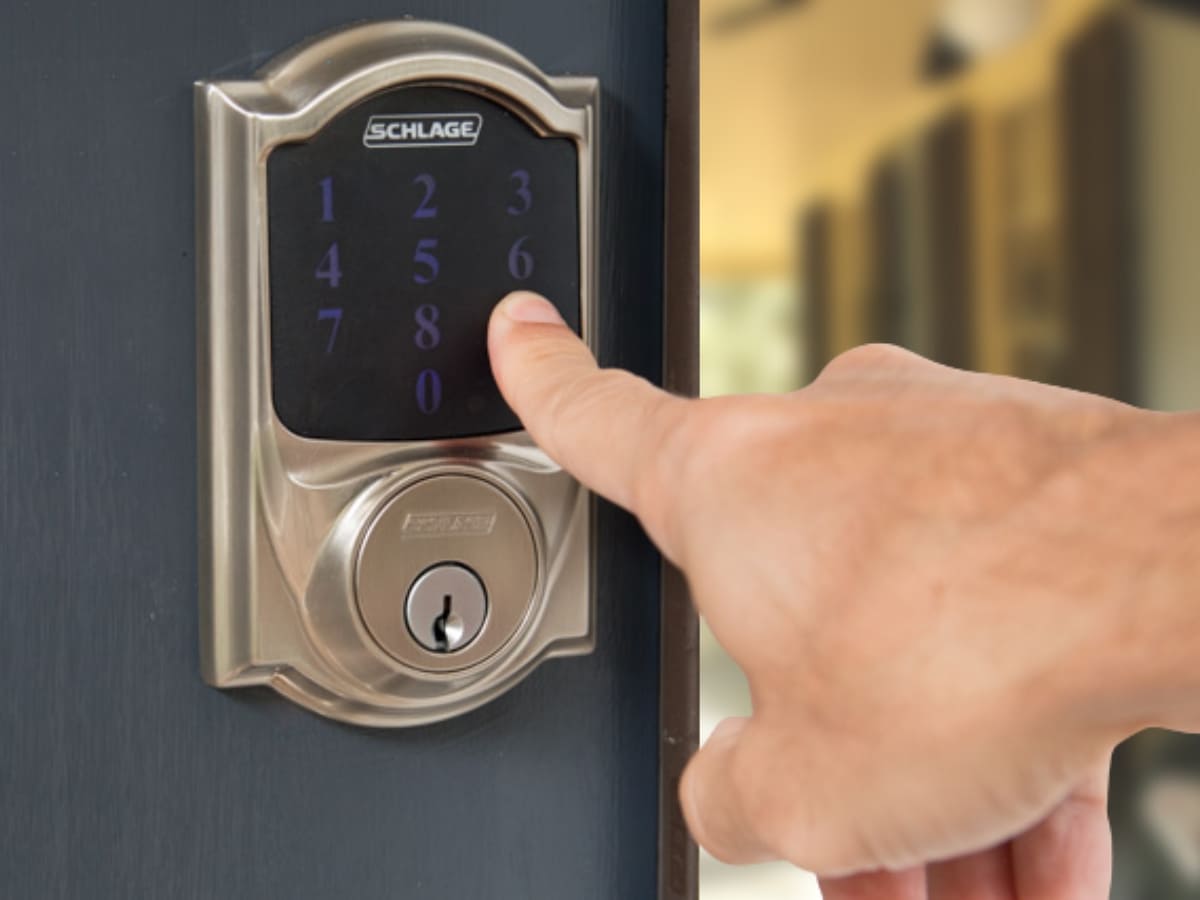
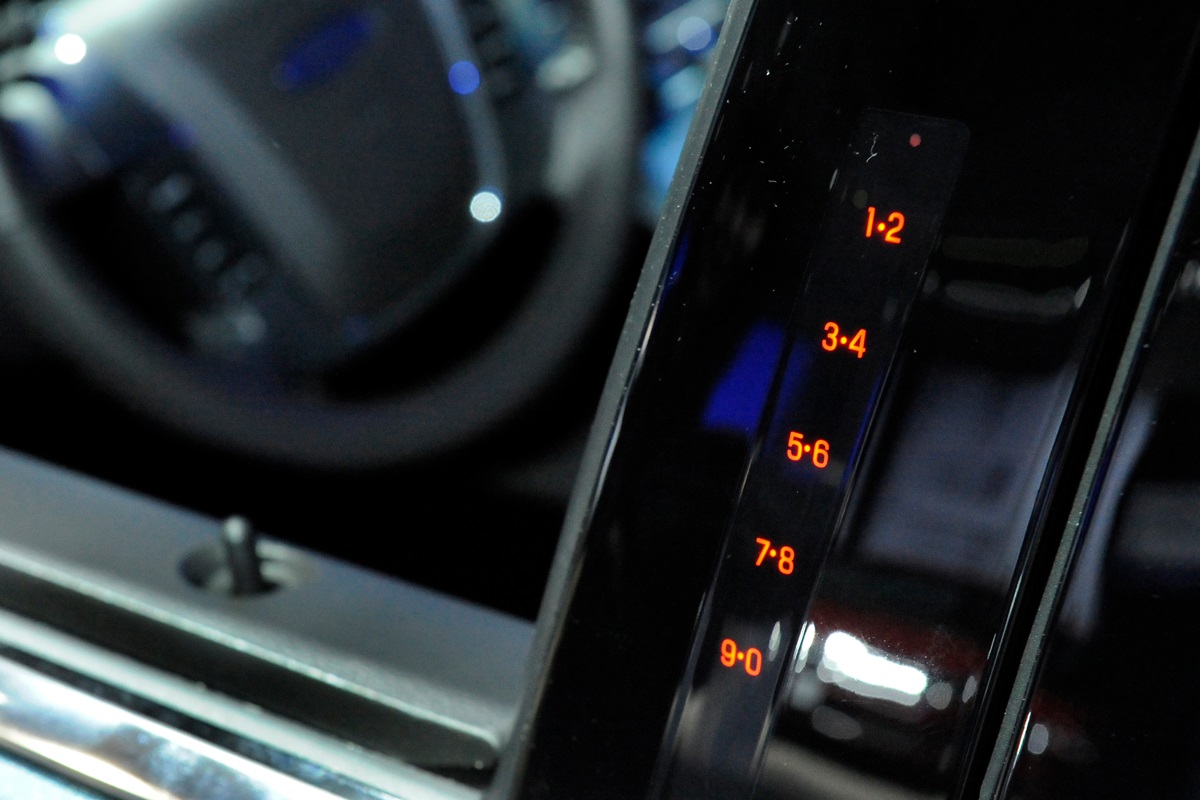
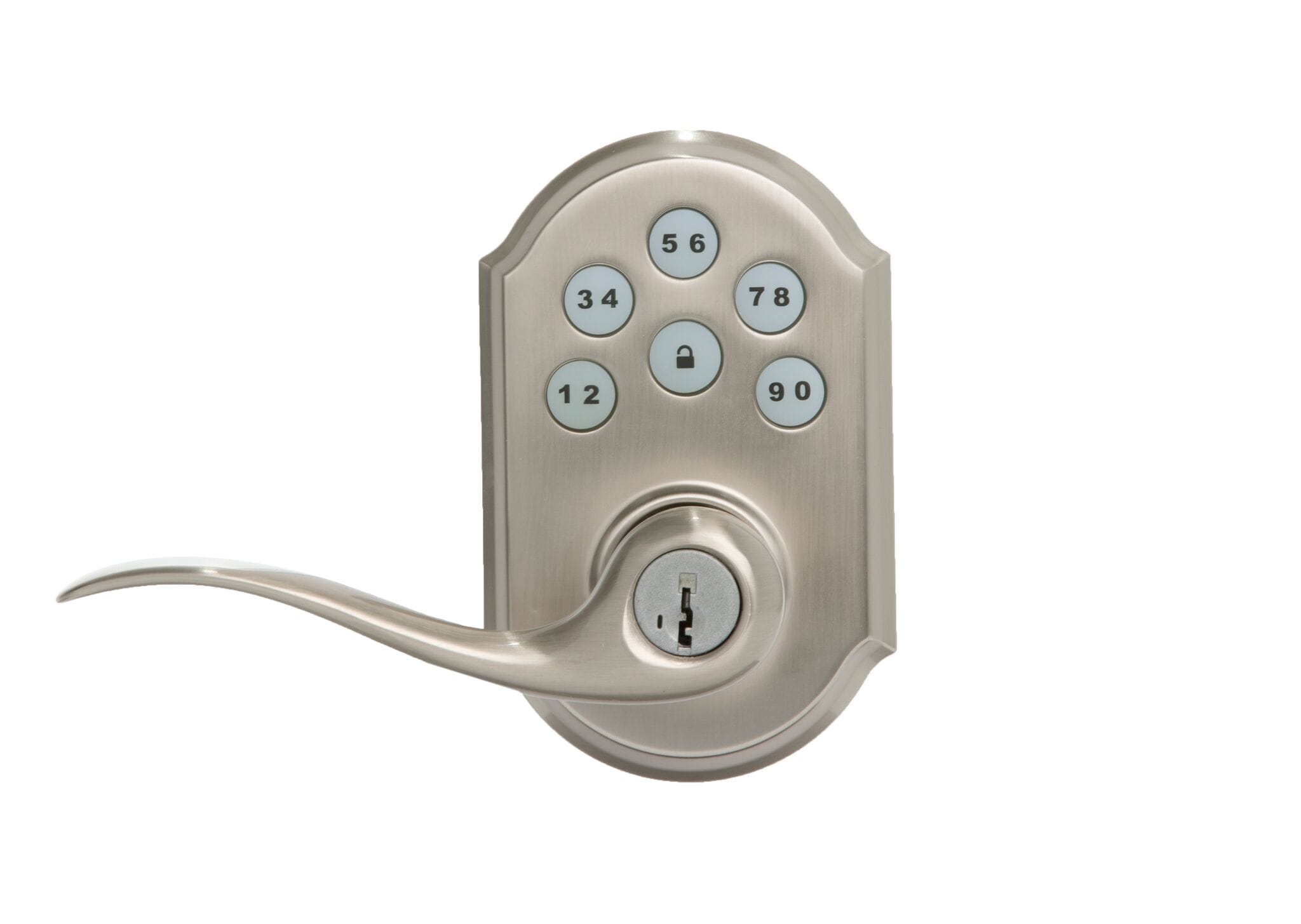
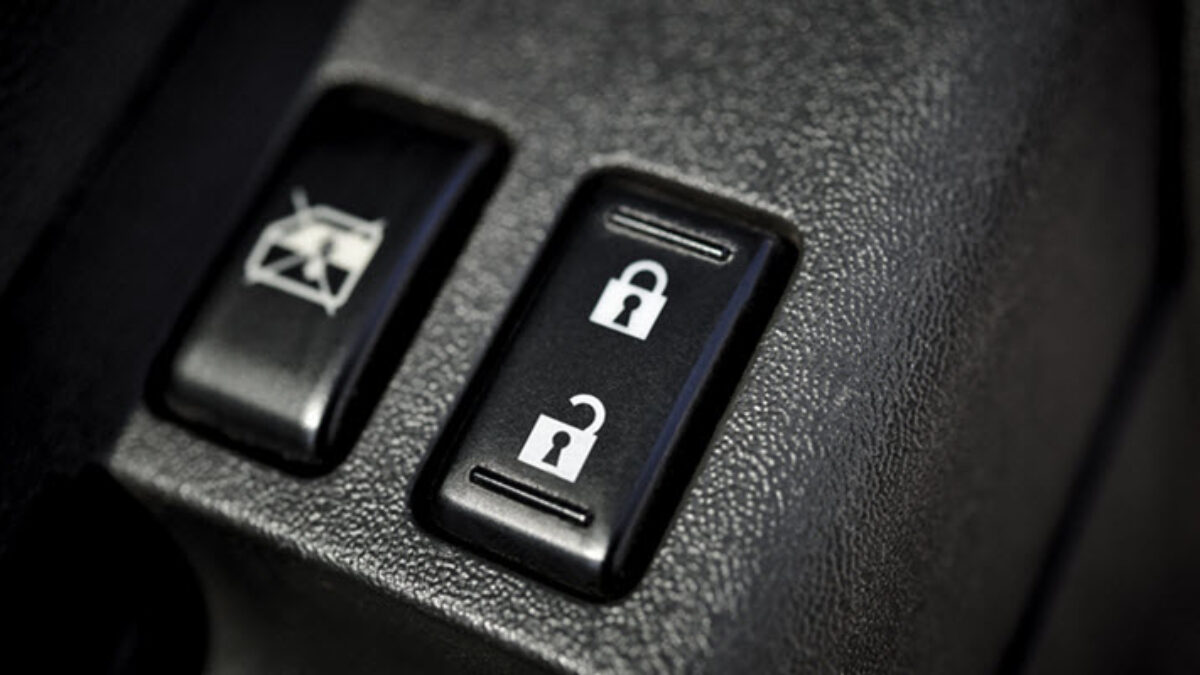
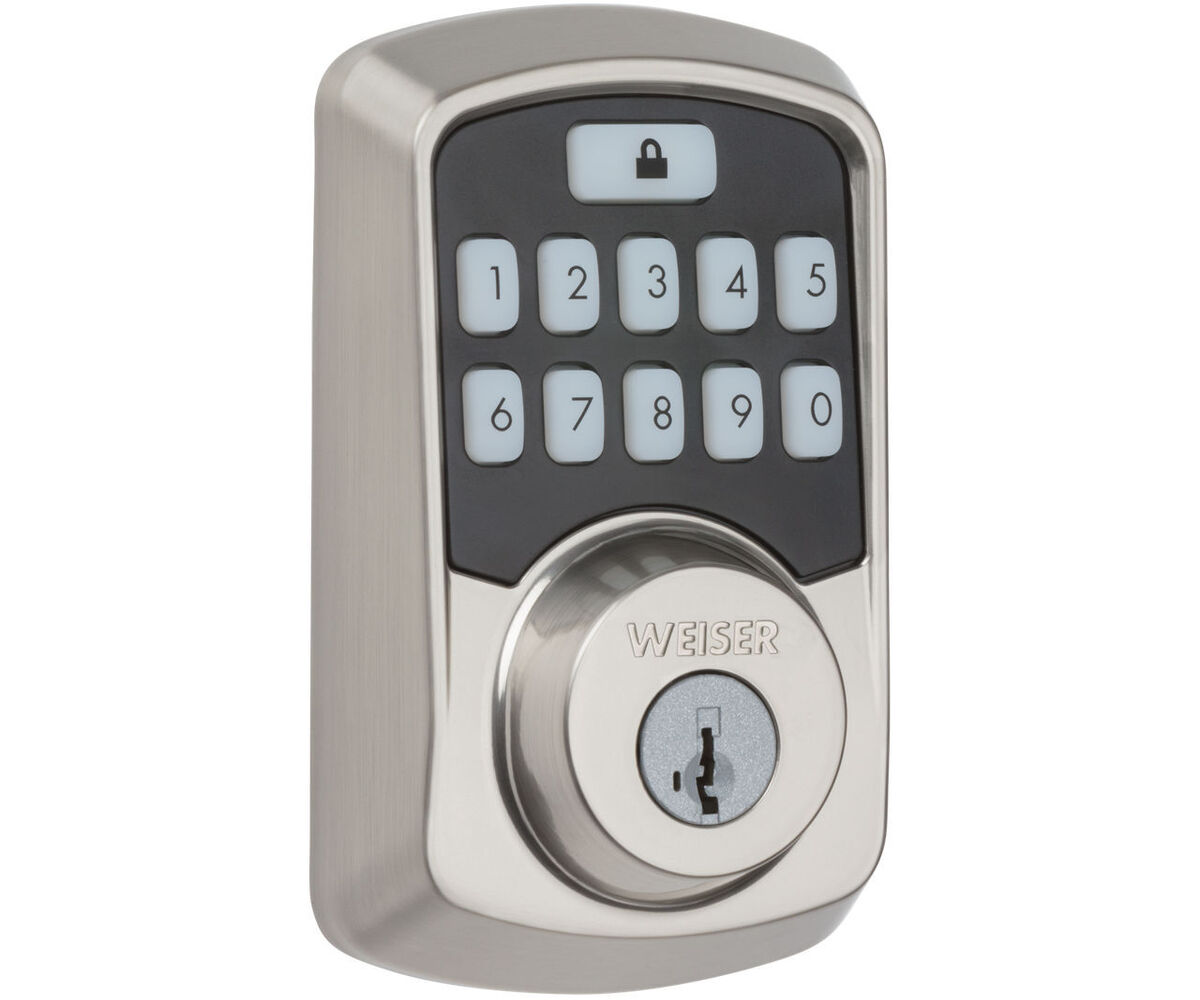
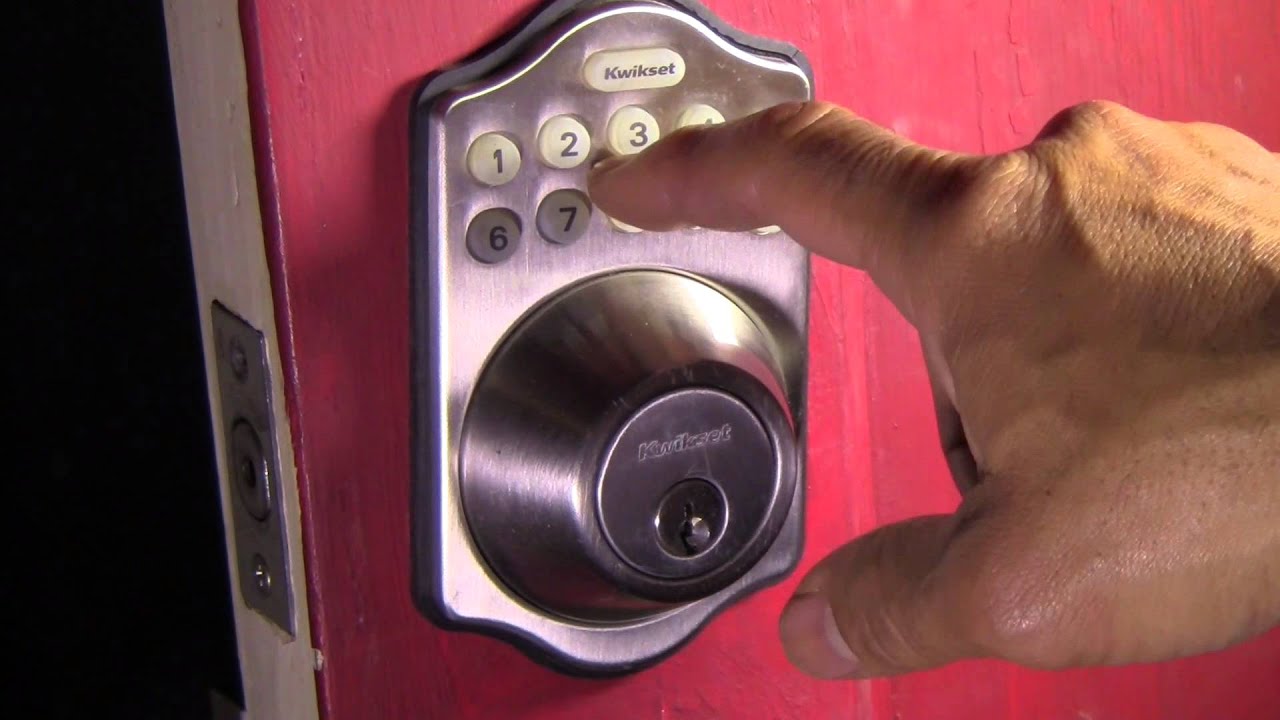
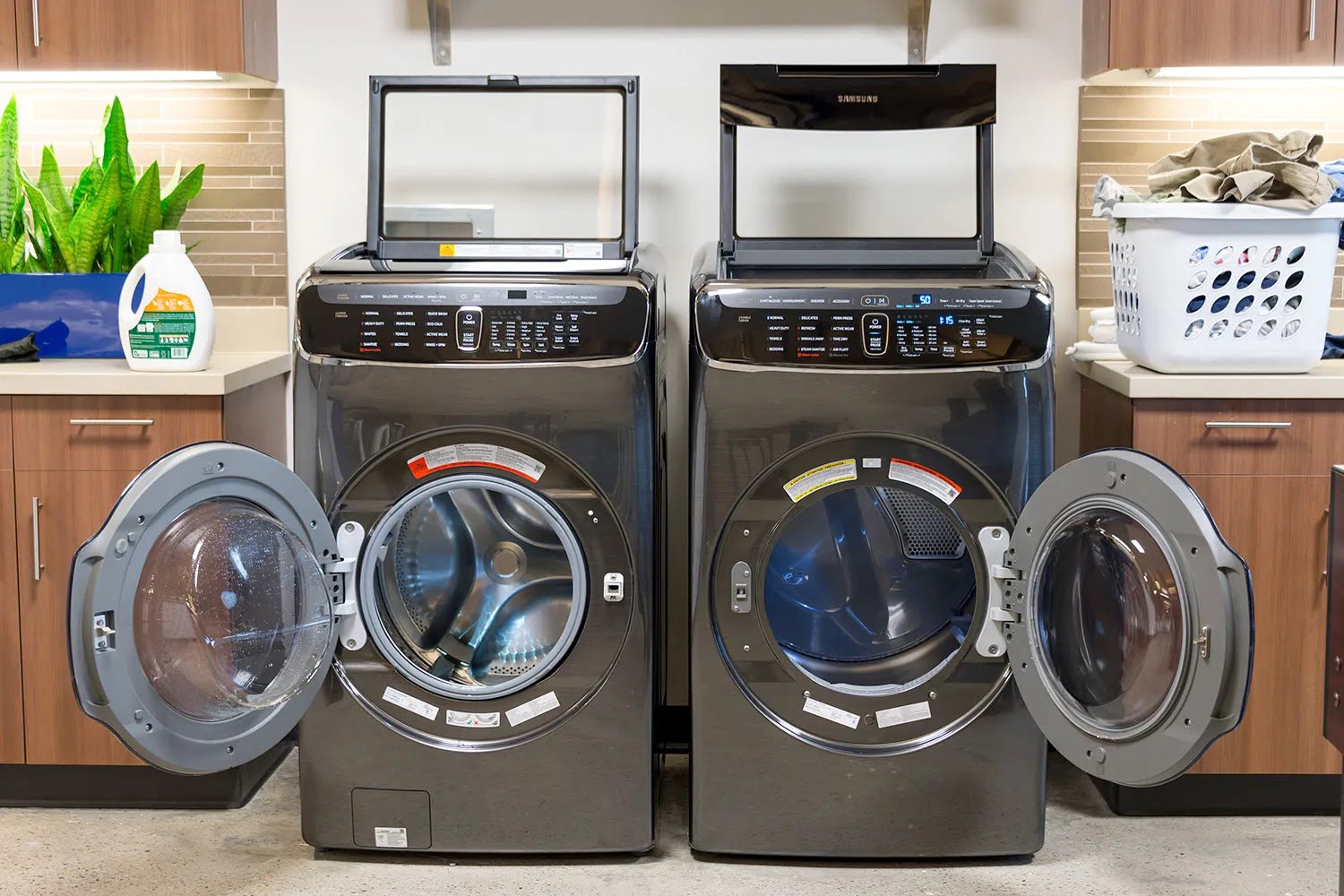
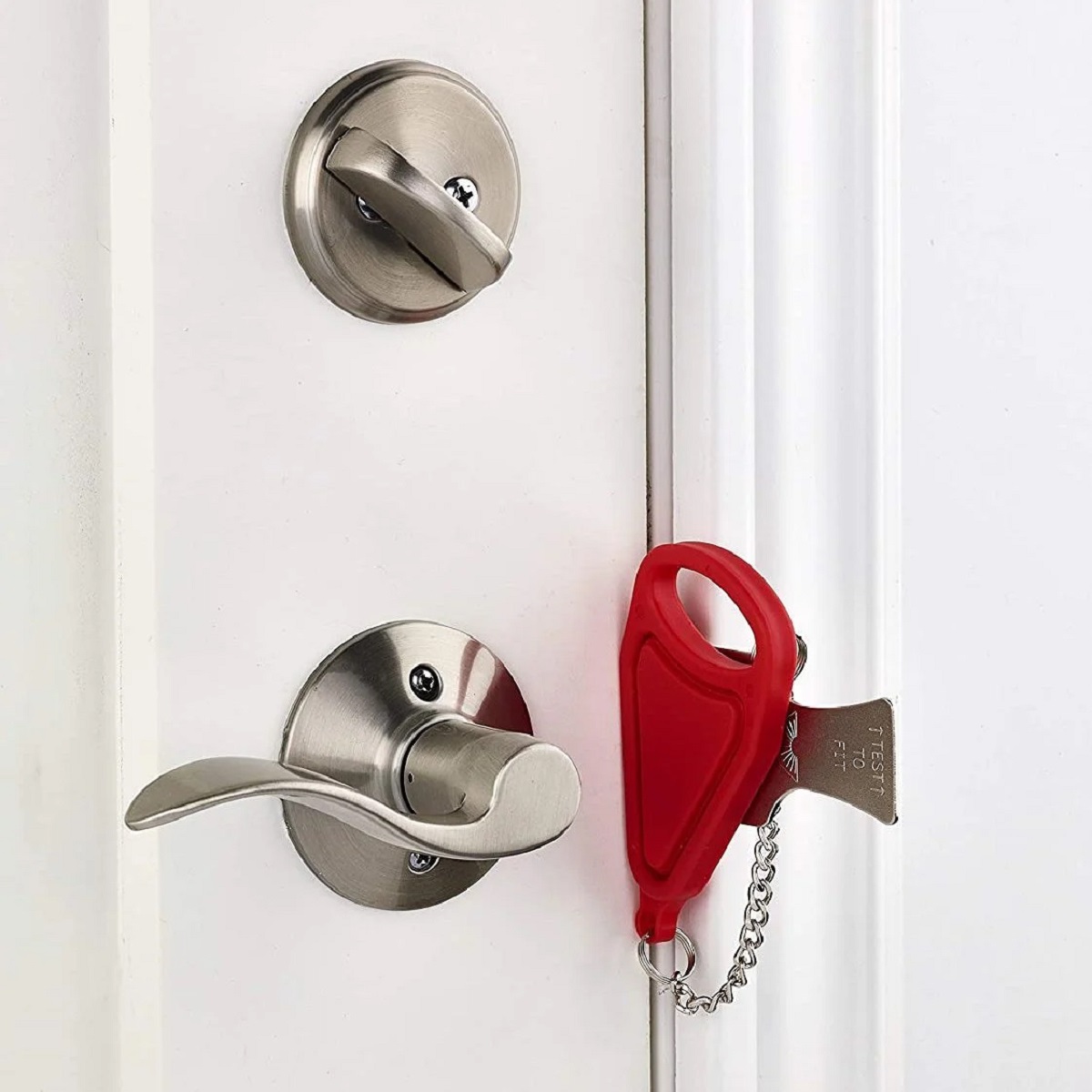
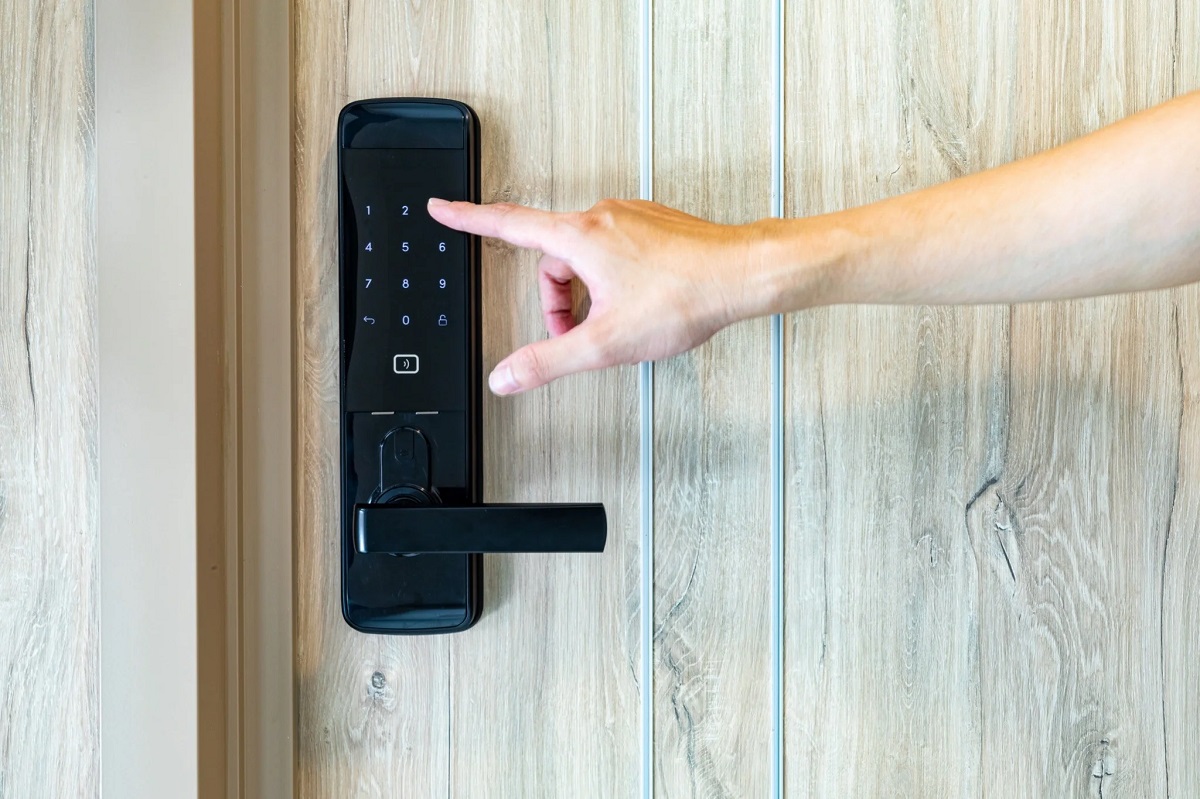
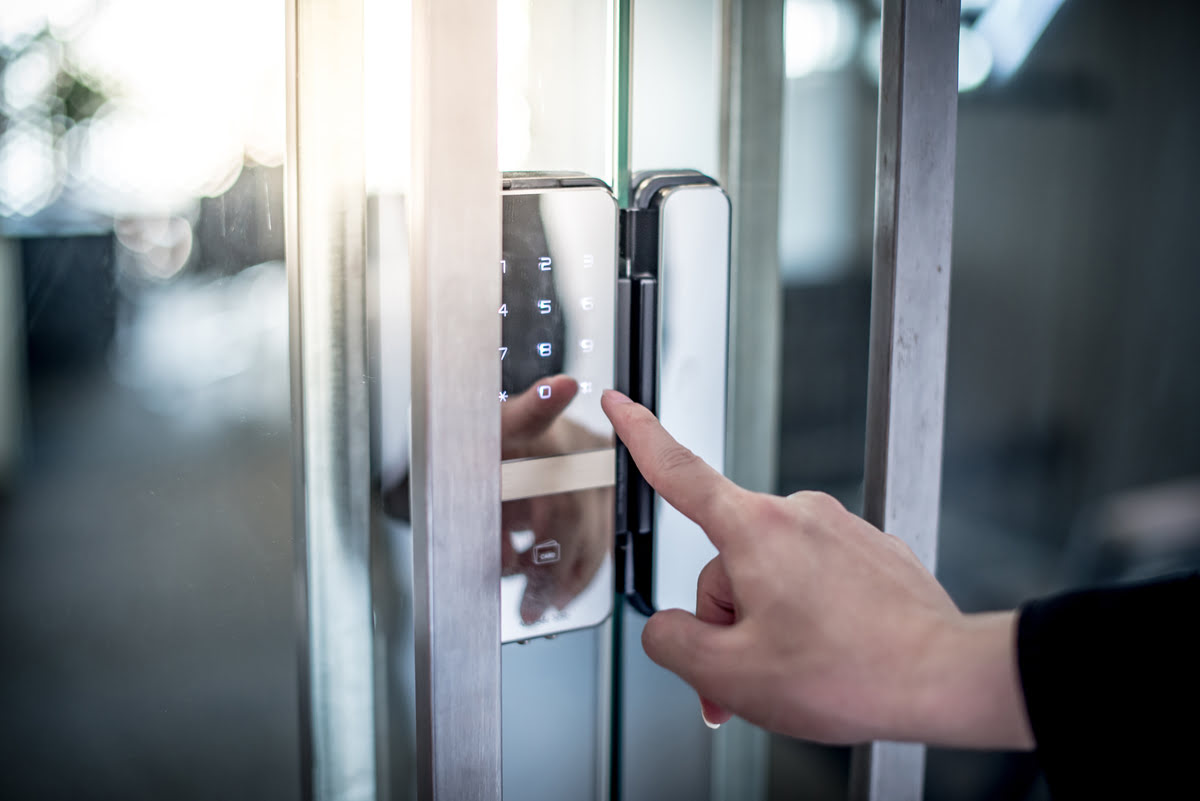
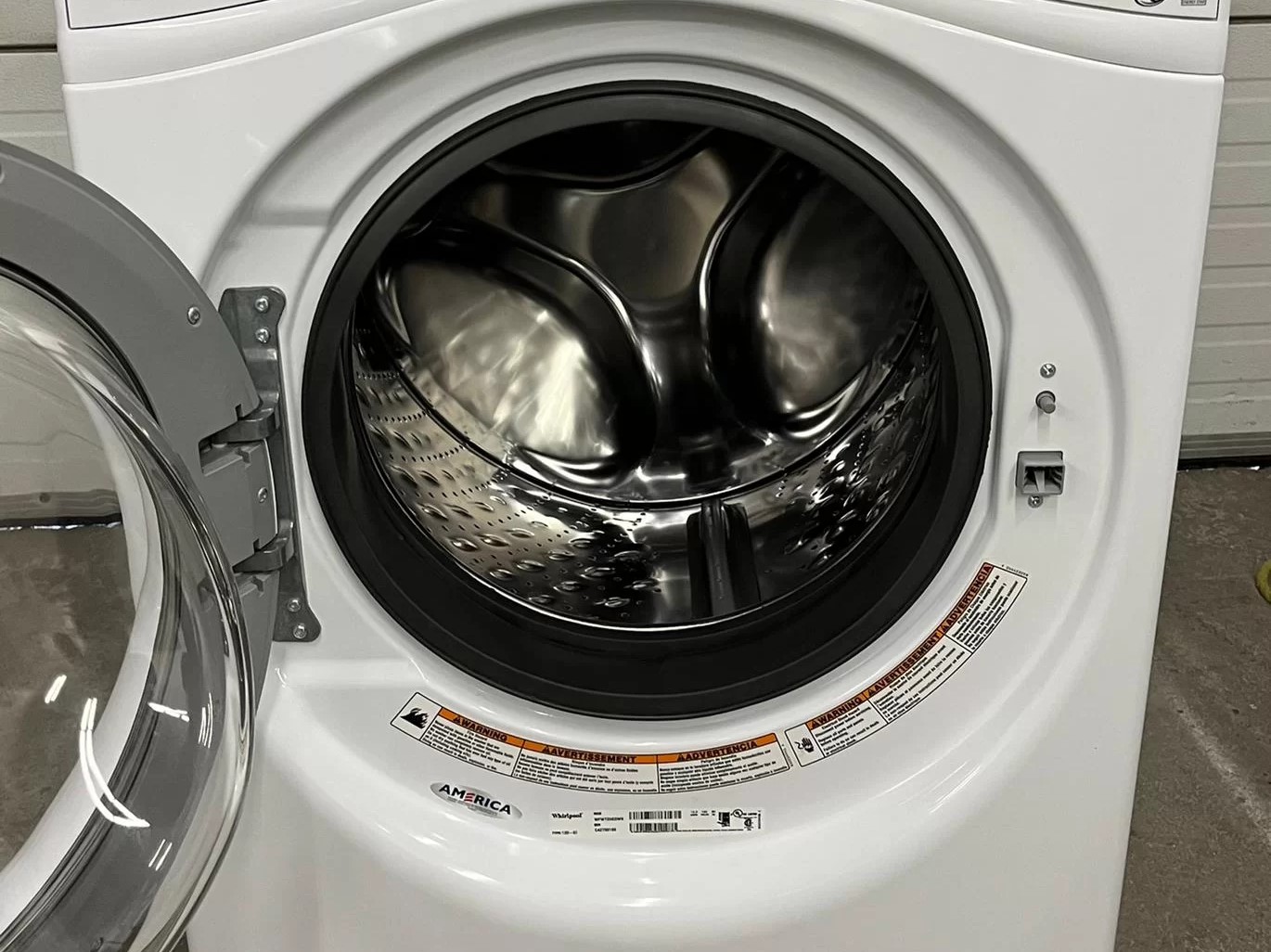
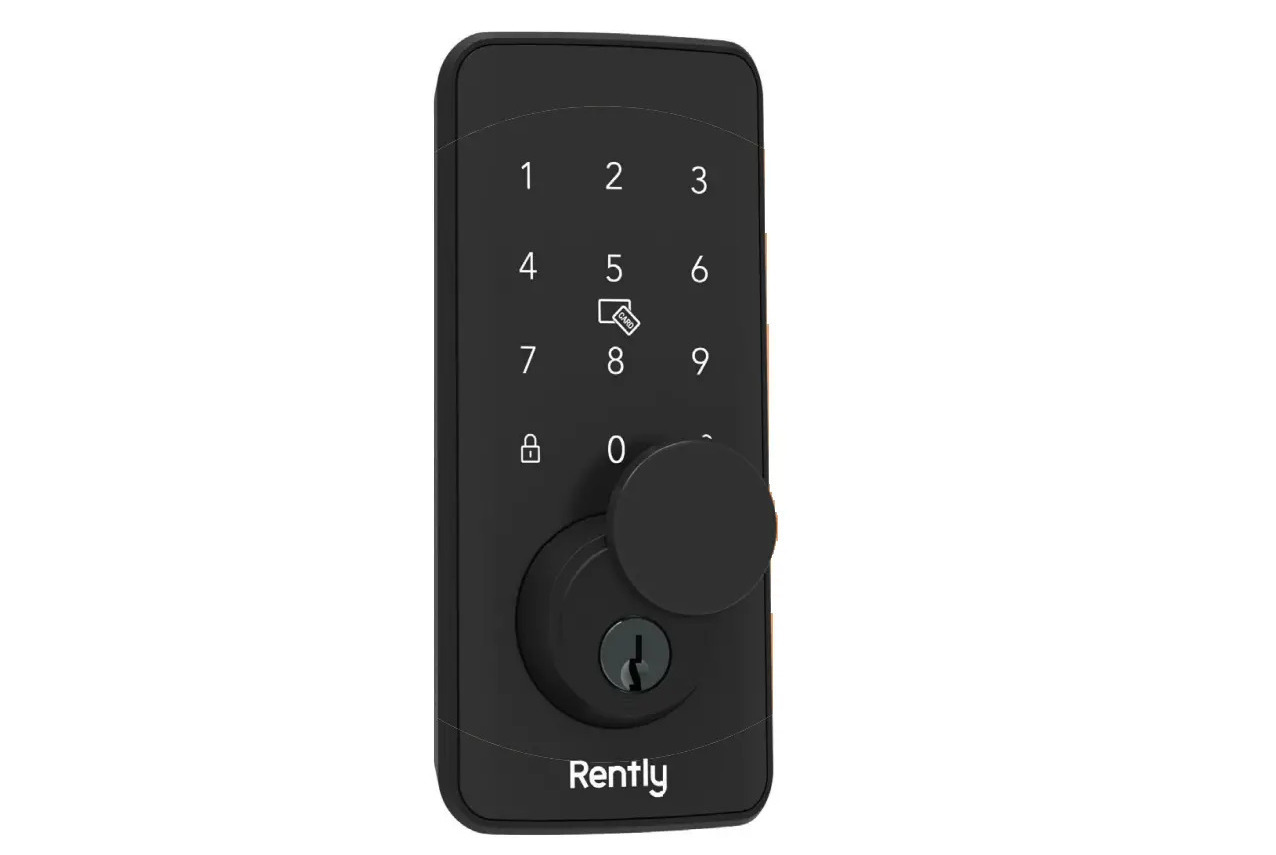
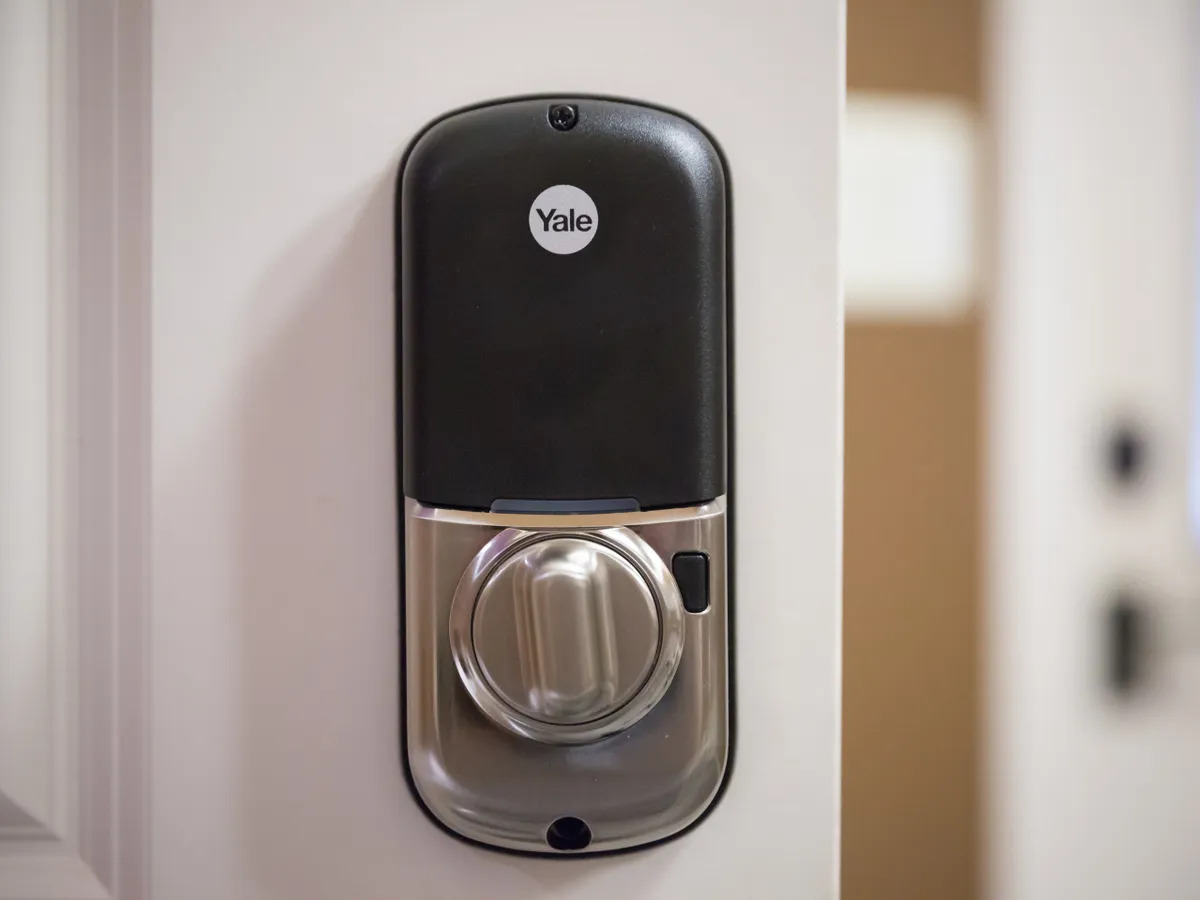
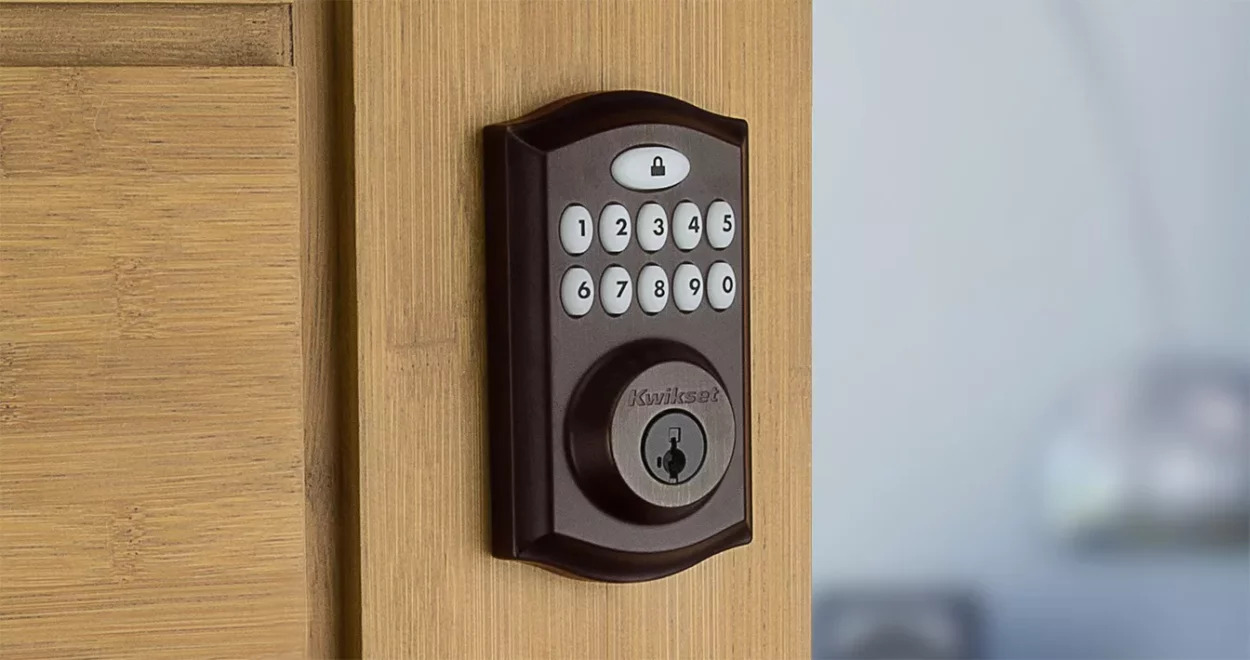

0 thoughts on “How To Reset A Door Lock”